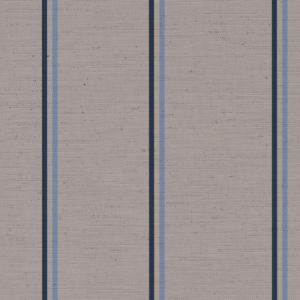Understanding the Martindale Scale: A Guide to Fabric Durability
The Martindale scale is an essential tool in the textile and upholstery industry, providing a standardised method to measure the durability and abrasion resistance of fabrics. If you’re selecting fabric for furniture, clothing, or industrial use, understanding the Martindale scale can help you make informed decisions.
Let’s delve into what the Martindale scale is and what each level signifies:
What is the Martindale Scale?
The Martindale scale, also known as the Martindale rub test, quantifies a fabric’s resistance to wear and tear. Named after its inventor, Dr James Martindale, the test involves subjecting the fabric to continuous rubbing in a standardized manner until signs of wear, such as threads breaking or noticeable pilling, appear. The number of rubs or cycles the fabric withstands before showing damage determines its Martindale rating.

How the Test is Conducted?
1. Sample Preparation: Fabric samples are cut to a specific size and mounted on a Martindale machine.
2. Rubbing Process: The machine uses a standardized abrasive material to rub against the fabric in a figure-eight motion.
3. Cycle Counting: The number of cycles (or rubs) the fabric endures before visible wear is recorded as its Martindale rating.
Martindale Scale Levels
The Martindale scale typically ranges from a few thousand to over 100,000 rubs. Here’s a breakdown of what each level indicates:
1. 10,000 – 15,000 Rubs
– Suitable For: Light domestic use.
– Examples: Decorative cushions, curtains, and furniture that doesn’t undergo frequent use.
– Description: Fabrics with this rating are not highly durable and are best for items that face minimal wear.
2. 15,000 – 25,000 Rubs
– Suitable For: General domestic use.
– Examples: Standard household upholstery, such as sofas and chairs.
– Description: These fabrics can handle everyday activities and are a good choice for homes with moderate traffic.
3. 25,000 – 30,000 Rubs
– Suitable For: Heavy domestic use.
– Examples: Family room furniture, dining chairs, and other high-use areas.
– Description: This rating signifies good durability, suitable for active households with children and pets.
4. 30,000 – 50,000 Rubs
– Suitable For: Light commercial use.
– Examples: Office furniture, hotels, and public spaces that experience regular use.
– Description: Fabrics in this range are robust enough for environments where furniture is used consistently.
5. 50,000 – 75,000 Rubs
– Suitable For: General commercial use.
– Examples: Restaurant seating, hospital waiting rooms, and other high-traffic commercial areas.
– Description: These fabrics offer superior durability, capable of withstanding significant wear and tear.
6. 75,000 – 100,000 Rubs
– Suitable For: Heavy commercial use.
– Examples: Airport seating, and heavily used public transportation.
– Description: Fabrics with this rating are exceptionally durable, designed for very high traffic areas.
7. Over 100,000 Rubs
– Suitable For: Extreme use.
– Examples: Industrial settings, military applications, and other environments where fabrics are subjected to intense, continuous use.
– Description: This rating indicates the highest level of durability, suitable for the most demanding conditions.
Choosing the Right Fabric
When selecting fabric based on the Martindale scale, consider the intended use and the environment where it will be placed. For example, a fabric rated for 20,000 rubs might be perfect for a living room sofa but insufficient for office chairs that see constant use.
Conclusion
The Martindale scale provides a clear and standardised way to assess fabric durability, helping people to choose the right material for their needs. Whether you’re outfitting a cosy living room or a bustling office, understanding the Martindale ratings ensures that your fabric will stand the test of time. This scale helped me choose the best fabrics for my products, resulting in the choice of linens and velvet being the leaders. My natural and luxury linens have a score of 26,000, while my velvets score 140,000! So you can have confidence when purchasing my items, that they will have good durability for everyday life.






